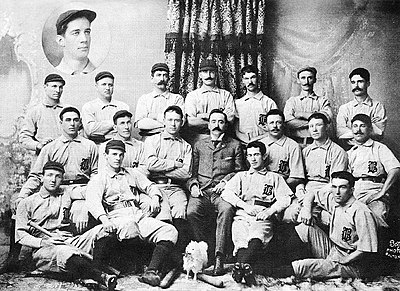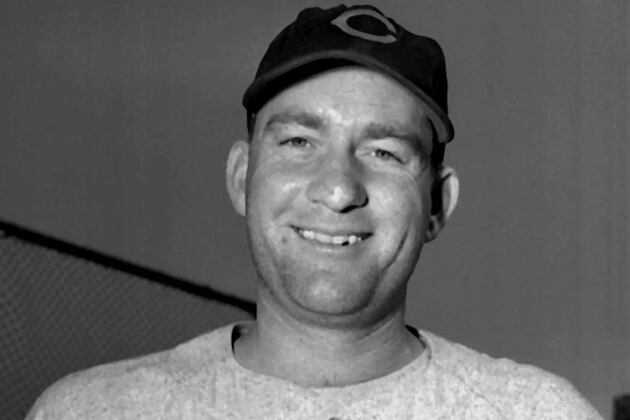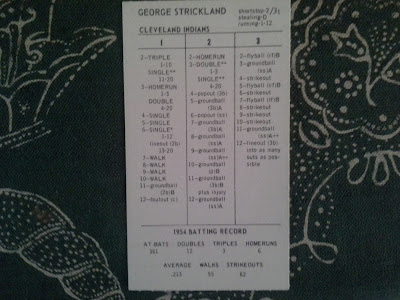 |
| 1896 Baltimore Orioles in their parlor loungewear. |
This introduction to the 19th-century Hall-of-Fame team serves as both a salute and a farewell: brought in to the Classic Franchise League to provide some stiff competition for the classic franchises, they have proved to be OVERLY strong and, after some soul-searching, I have decided to remove the club from the league! After 60 games (15 games each against the 1954 Indians, the 1950 Yanks, the 1962 Dodgers, and the 1957 Braves), they are to be "retired" with a .750 winning percentage. Before dismissing them, let's take a look at their performance:
Some notes about the batters:
- Ed Delahanty, he of the mysterious death in 1903, has been the overall hitting star. With so many great players, I didn't use a set lineup except for those players who pretty consistently delivered. He leads the club in double, homers and RBIs. Though an outfielder mainly, I mostly had him playing first base (for which he was an adequate "3"), providing some relief from an otherwise crowded outfield.
 |
| Big bad Eddie D. channeling Tony Kubek |
- George Davis was my other mainstay. He played shortstop in his career, by and large, but split his time in this league between short and third.
 |
| George Davis and his awesome mustache |
- Sam Thompson and Hugh Duffy got more time than deserved while Billy Hamilton's time was unfairly curtailed. To be fair, Hamilton's defensive rating (a '3' at all three OF positions) made me a bit nervous, particularly when installed in center.
- Cap Anson would have been a typical choice at firstbase except . . . except I couldn't let go of my impression of him as being a prime instigator and enforcer of the so-called "color line" that prevented black players from playing alongside whites. So, I sat him. There. How do you like it, Cap?
Pitcher observations:
- A 2.69 team ERA is awfully impressive against any competition and, of course, even more so given top-notch offenses these pitchers faced. In fact, their pitching dominance is what convinced me to pull the plug on this team just before they were about to face the 1962 Mets.
- Mickey Welch lost his last start after winning 7 straight.
- Tim Keefe not only went 12-0 but fell one inning short of 12 straight complete games. Which shouldn't surprise anyone - in 1883 he started and completed 68 games while compiling 619 innings pitched. In one summer. I know the game was different then . . . but c'mon! It must have been the 'stache:
  |
| Tim Keefe (left): inspiration for James Finlayson (right)? |




